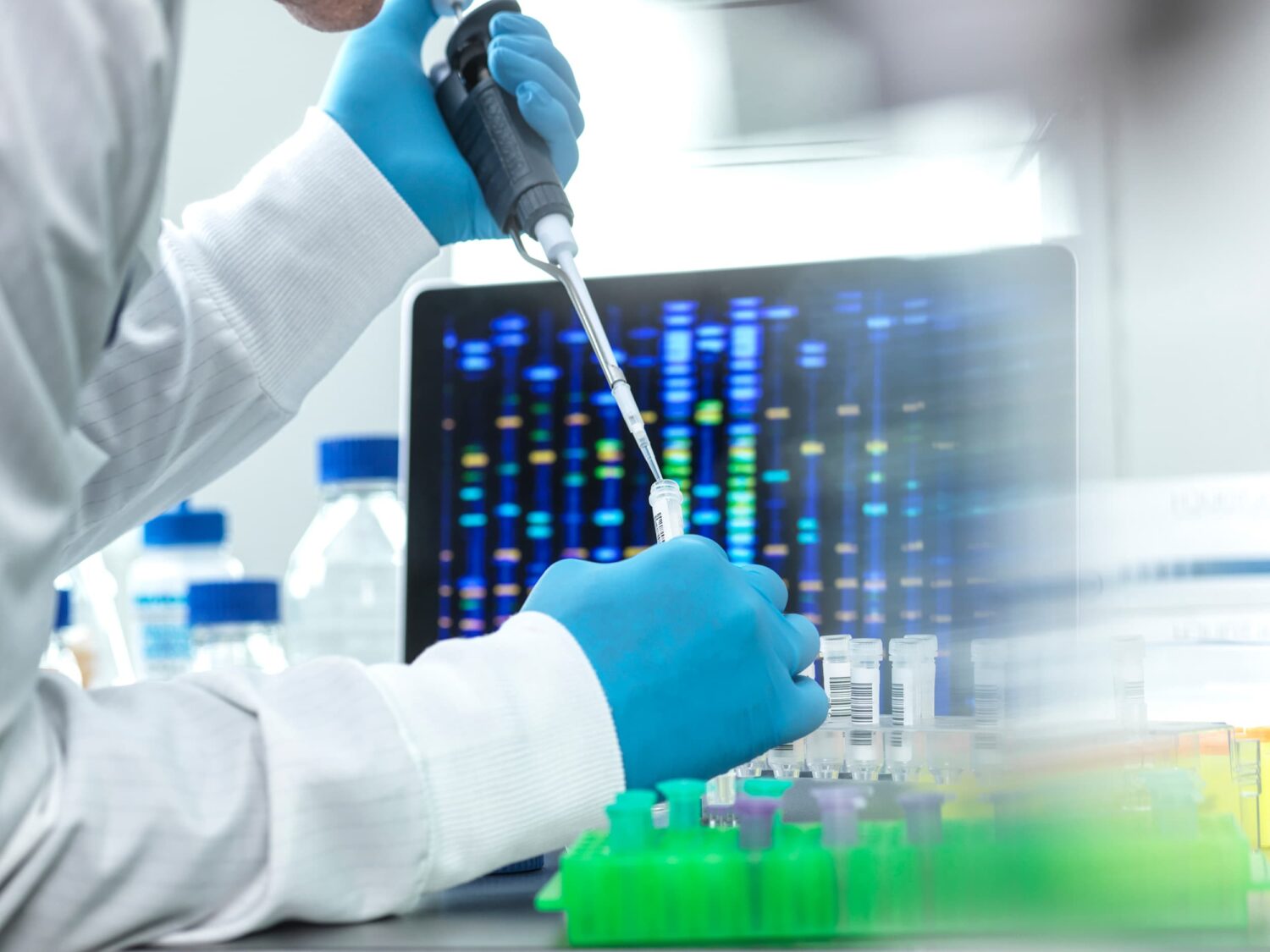USP <232> defines the limits for elemental impurities in pharmaceutical drug products. These impurities may be added intentionally, or may occur inadvertently as a result of manufacturing, handling, testing, or other processes. USP <232> does not distinguish between intentional or inadvertent occurrence of an impurity: The acceptable limit remains the same in either case.
USP <232> applies to a number of heavy metals, including those named above: lead, mercury, arsenic, and cadmium. USP <232> also applies to iridium, palladium, platinum, rhodium, and more. Consult the U.S. Pharmacopeia to determine the correct level for the applicable element and ingestion method, as levels can differ across oral, parenteral, and inhalational ingestion methods.
USP <233> defines acceptable testing methods and procedures to determine the concentrations of heavy metals in drug products, in keeping with USP <232>. The primary method of testing is ICP-AES (inductively coupled plasma-atomic spectroscopy). A secondary method is ICP-OES (inductively coupled plasma-optical emission spectroscopy). Both methods involve heating the sample to a high temperature in order to quickly and accurately detect the presence of elemental impurities.
USP <233> also defines sample collection and test validation procedures, each of which must be followed in order to ensure the accuracy and acceptability of the test.
It is also important to note that under USP <232>, supply chain monitoring and certification may be suitable to reduce the need for testing, provided that raw materials can be reliably verified. In most cases, however, testing is the most effective way to ensure that you remain in compliance with FDA, USP, and international standards.
BA Sciences has on hand the right equipment to carry out USP <232> and USP <233> testing in a reliable, repeatable, accurate manner. We ensure that our testing machinery meets or exceeds the standards outlined in USP documentation, and we help you to remain in compliance, even for newer and updated standards such as USP <232> and <233>. Standards can change quickly and with little notice, and we are here to help you stay up to date while remaining confident in the integrity of your processes. To learn more, contact us today.
